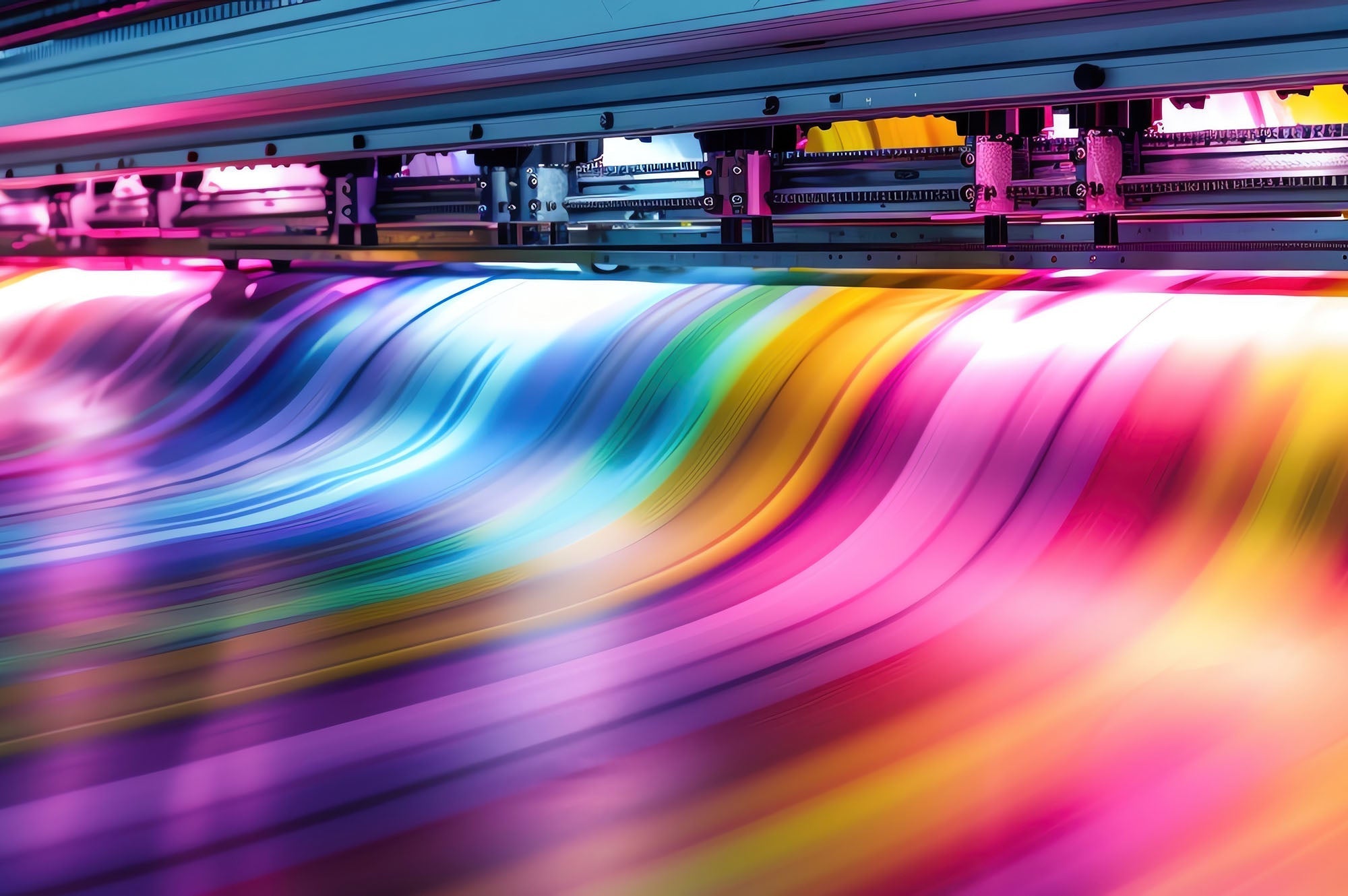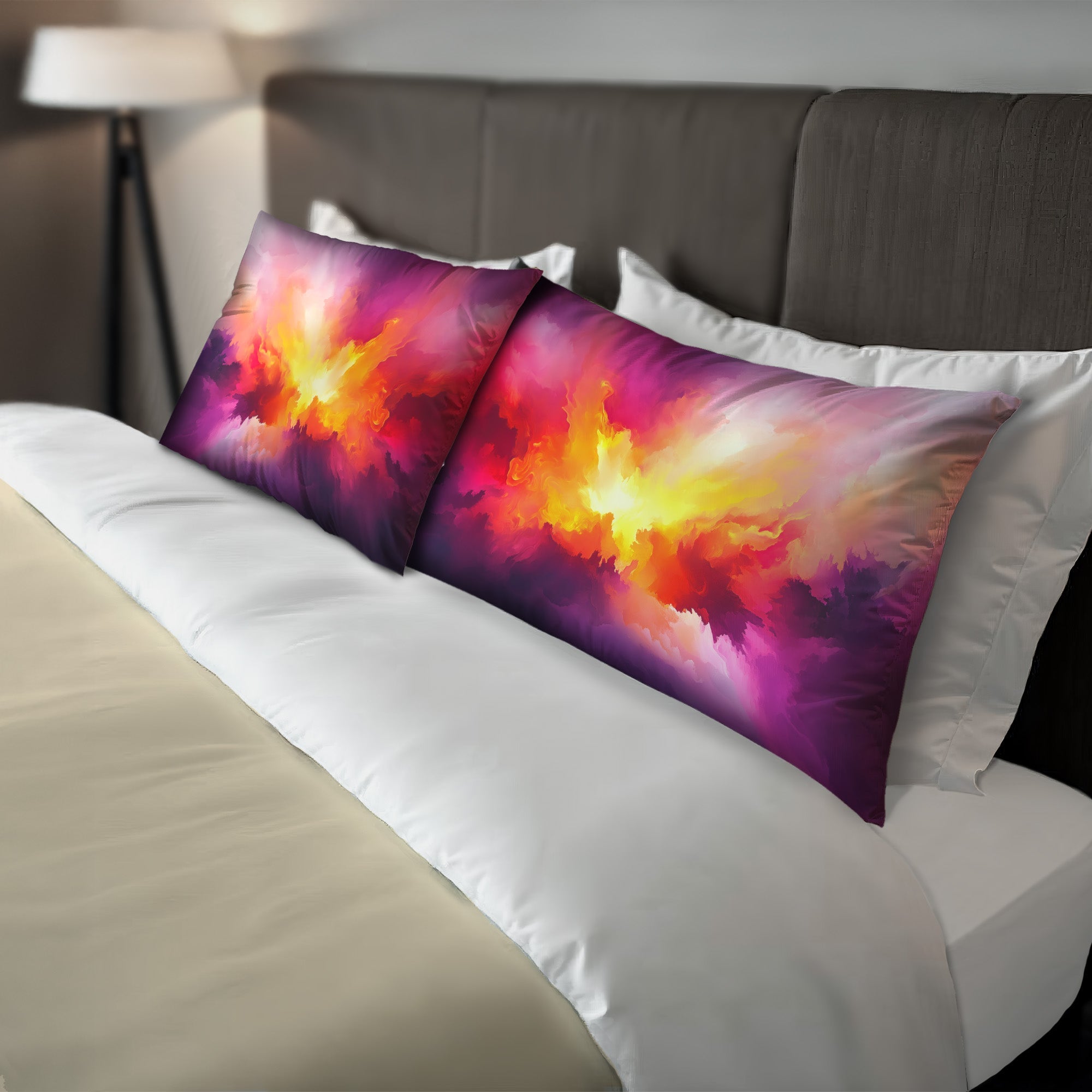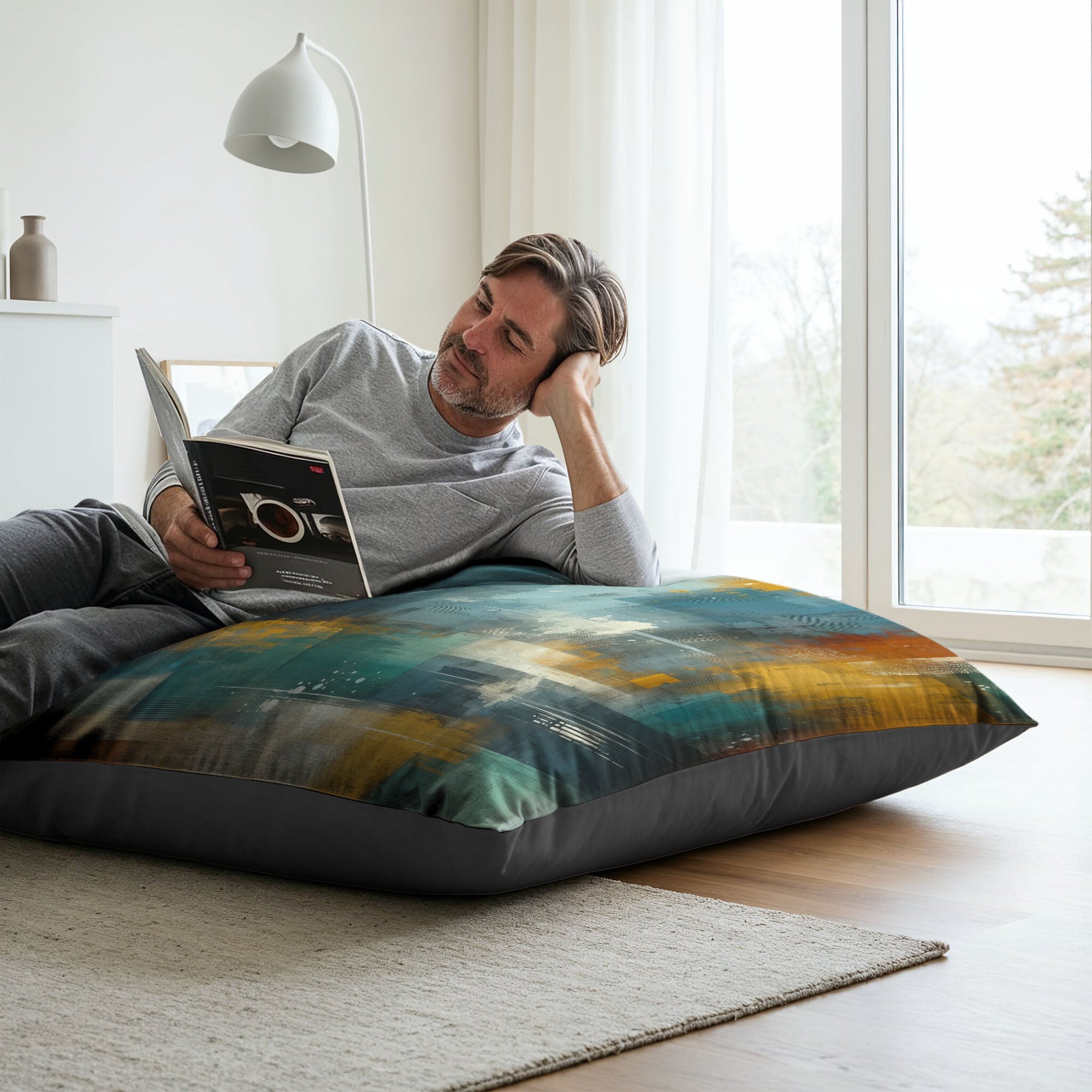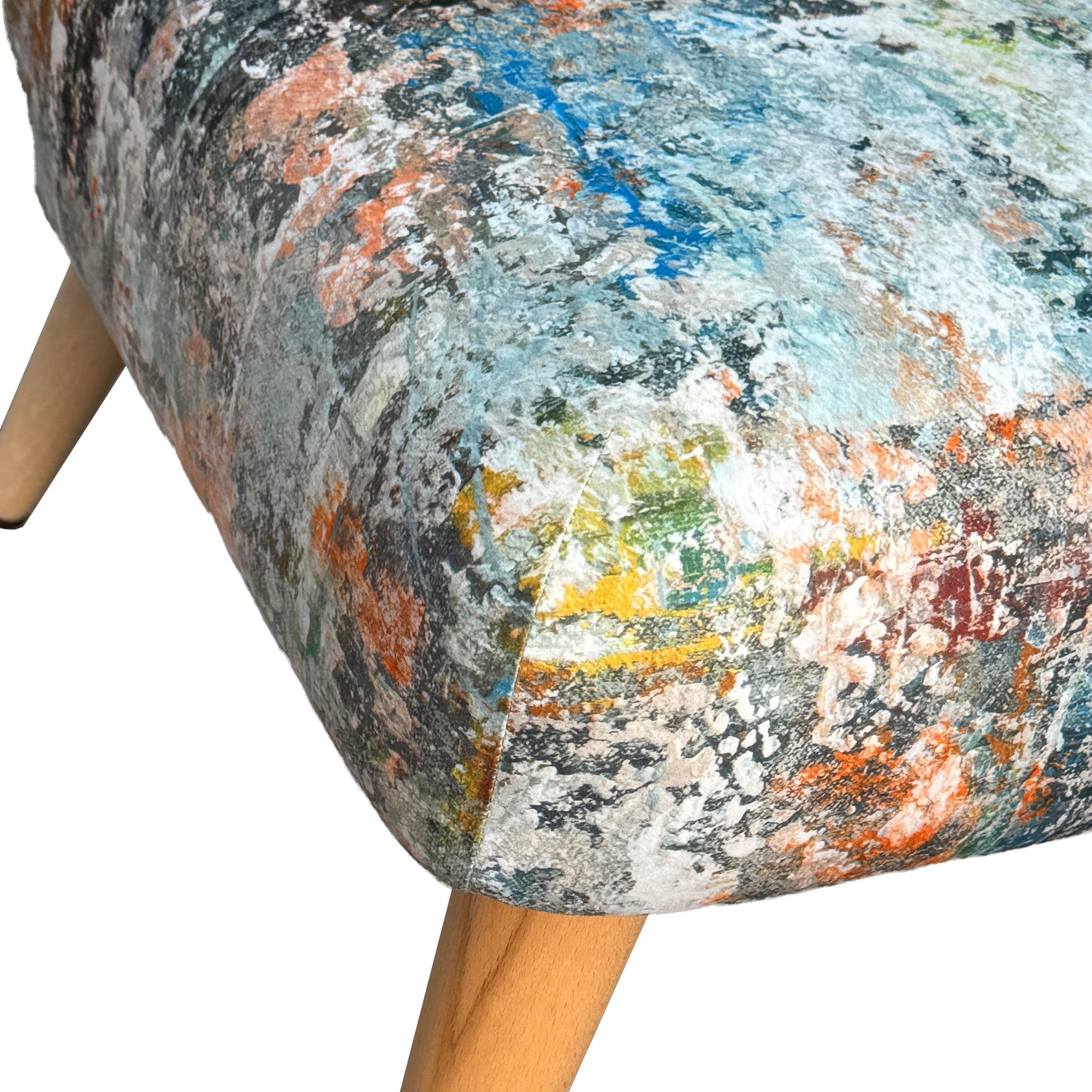The Hidden Side of Every Artwork
When you look at a beautifully printed design, it’s easy to focus on the colour, texture, or composition, and forget that behind it all is a remarkable bit of science. The way inks are created and applied can completely change how a design looks, feels, and lasts.
At Zanoogo, we work with producers who print using water-based inks, precision equipment, and a great deal of expertise. But even in an age of digital everything, there’s still a surprising amount of craft involved in getting colour just right.
From Pigment to Print
All printing starts with pigment - colour in its most concentrated form. Modern pigment inks are carefully engineered to stay vibrant, stable, and environmentally safe. Water-based inks, in particular, have become the industry standard for high-quality design printing because they contain fewer harmful chemicals and far less waste.
Instead of using harsh solvents to push colour into fabric, water-based inks rely on fine pigments suspended in, quite literally, water. The result is softer, longer-lasting prints that maintain colour accuracy across everything from silk to velvet.
Digital printing technology has changed the game even further. Instead of mass-producing rolls of pre-printed fabric, designs are now applied directly to order, in exact quantities. That means no overproduction, no stockpiles of unwanted material, and no compromise on detail.
Different Ways to Print Colour
Not all fabrics behave the same way, so neither can the inks. Modern printing uses several specialist techniques to make sure each material looks and feels exactly as it should.
Dye Sublimation is the method used for many of our soft velvets and performance fabrics — the ones that form our lampshades, slipper chairs, and plush throws. It uses heat and pressure to turn ink into vapour, which bonds permanently with the fibres. The result is deep, vivid colour that won’t fade or crack, even on richly textured synthetic fabrics.
For natural materials such as silk and cotton, Digital Pigment Printing achieves a similar level of precision in a different way. Water-based inks are applied directly onto the surface and then fixed using heat, preserving the fabric’s natural drape and breathability while delivering excellent colour accuracy.
Both techniques have their strengths, and each one is chosen for a reason: to reproduce the artwork faithfully while keeping the character of the fabric intact.
Precision, Layer by Layer
Modern inkjet printers don’t “paint”, they build. Thousands of microscopic nozzles spray the inks in carefully calculated layers, blending colours directly on the surface of the material.
It’s a process that requires engineering as much as artistry. Temperature, humidity, and fabric density all affect how ink behaves. Even the weave or pile of a fabric can change the way light interacts with colour. That’s why every material, whether it's silk, leather, or velvet, requires its own tailored print settings to achieve a perfect finish.
The beauty of today’s digital methods is consistency. Once those settings are tuned, every print comes out exactly as intended, colour-matched, sharp, and ready to become something remarkable.
Cleaner, Safer, Smarter
Older solvent-based inks were notorious for their strong odours and environmental impact. Water-based alternatives have changed that completely. They’re non-toxic, free from heavy metals and volatile compounds, and safer for the people who work with them.
They also make sustainable printing genuinely possible. Because the ink sits on or within the fabric rather than soaking through it, waste water is minimal. And with print-on-demand production, nothing is printed until a customer chooses it, meaning creativity now comes with conscience built in.
Why It Matters
When someone buys a product for its artwork, the quality of printing defines how that art lives in their home. Fine colour gradients, texture, light — all depend on how those inks were mixed and applied.
Technology may have changed the process, but the goal remains the same: to bring colour to life as beautifully and faithfully as possible. The modern difference is that we can now do it without harming the planet.
Every print tells two stories: one through the artwork, and one through the technology that makes it possible. Understanding both is what turns good design into great craftsmanship, and keeps colour alive for years to come.

















